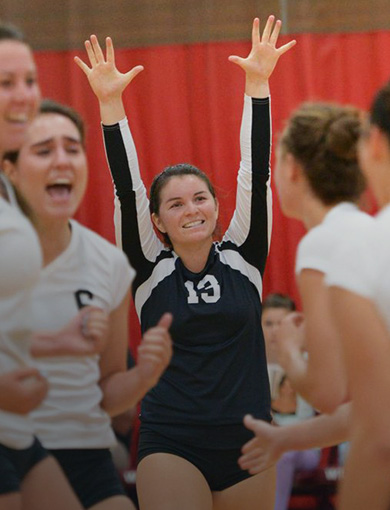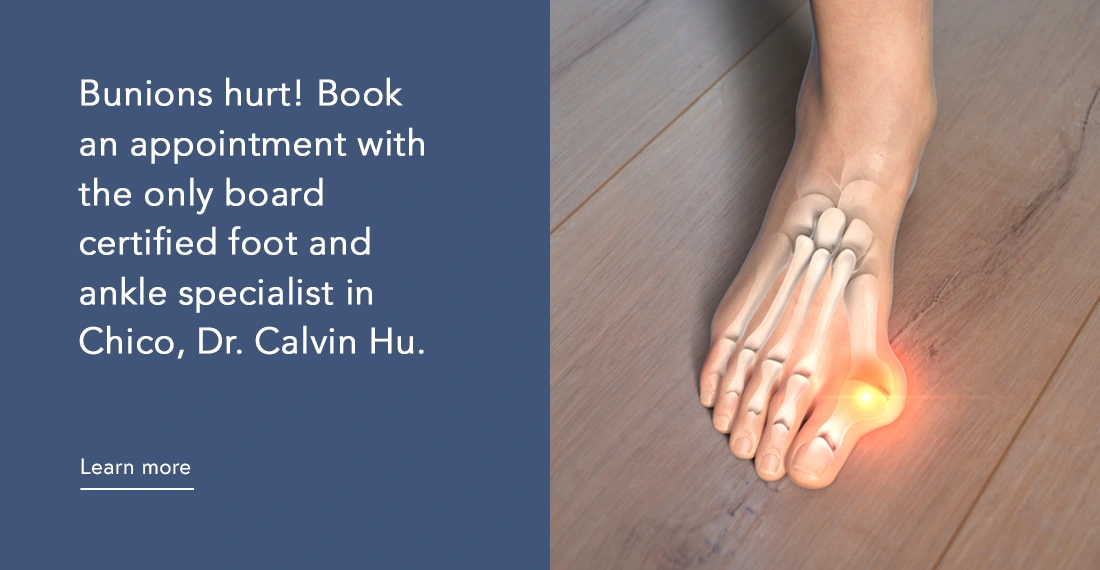Biceps Tenodesis
Anatomy
The biceps muscle provides the ability to bend and rotate the arm. It has two tendons that attach the muscle at the shoulder and the elbow. At the shoulder the tendon has two heads (the long head and the short head) that attach the muscle to the bones in the shoulder and are part of the rotator cuff.
Biceps tendon tears
Tears of the tendon where it attaches to the shoulder are common and a frequent source of shoulder pain. Tears at the elbow are rare, caused by a sudden injury. Once torn, the tendon will not heal or grow back. A tendon tear is the partial or complete detachment (rupture) of the tendon from the bone in the shoulder joint.
What causes a biceps tendon tear?
In most cases, a tear or damage to the tendon is the result of a lifetime of wear and tear to an aging degenerated tendon. A tendon tear can also result from an injury and be exacerbated by overuse. Swimmers, gymnasts, and young athletes who participate in throwing and contact sports are at risk. Biceps tendon tears are associated with injury to the rotator cuff. A common injury is a fall on an outstretched arm or lifting a heavy object that tears the tendon.
Symptoms of a biceps tendon tear include:
- inflammation
- pain at the front of the shoulder and at the top of the arm.
- loss of strength
- deformity of the biceps muscle
Treatment for a biceps tendon tear
Most people can function with a biceps tear and symptoms can be treated with nonsurgical, conservative measures to relieve pain and other symptoms. This will include rest, ice, physical therapy, and anti-inflammatory medications. Steroid injections may be recommended to reduce inflammation. When conservative management fails to relieve pain and restore movement, surgery will be recommended.
What is biceps tenodesis?
Biceps tenodesis is a minimally invasive surgical procedure to repair the long head of the biceps tendon. It is arthroscopy performed under general anesthesia when performed alone. It may also be performed along with repairs to the rotator cuff which may be an open surgery.
This procedure can treat partial and full biceps tendon tears and instability, Slap tears (an injury to the shoulder labrum), biceps tendinosis (microtears that cause swelling and pain), and tendonitis (pain and inflammation).
This procedure detaches the biceps tendon (which is partially detached) from the shoulder joint and attaches the tendon to the arm bone. If the tear is complete, and the tendon is already detached, is reattached to the arm bone. Repair is durable. Complications are rare and re-rupture is not common. Surgery relieves symptoms, can correct muscle deformity and return strength and function.
Recovery from biceps tenodesis surgery
After surgery you will wear a sling for 4-6 weeks and start physical therapy quickly to improve range of motion and strength. Recovery of strength and motion can take up to six months with rehabilitation. Complete recovery can take up to a year.
Biceps tenodesis is a complex surgery but avoid the risks of discomfort, continued weakness and Popeye biceps! This procedure is preferred by active people.
At Orthopedic Associates of Northern California, you will receive care from our board-certified orthopedic surgeons who are devoted to your recovery and return to an active lifestyle. For compassionate orthopedic care contact us to schedule a consultation to get the correct diagnosis and state-of-the-art treatments. We have offices in Chico and Paradise California for your convenience.





